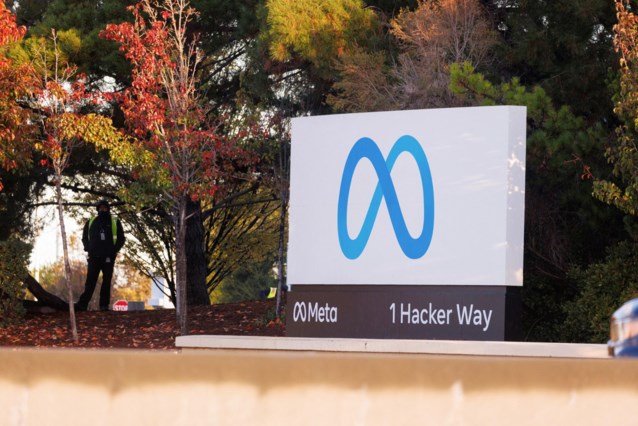The quest for better fuel economy has its roots in the 1950s, when Arie Haagen-Smit uncovered the link between car emissions and smog in Los Angeles. This discovery led to the creation of the Environmental Protection Agency (EPA) in 1970, which aimed to regulate emissions and improve engine designs and fuel quality.
The focus on fuel efficiency intensified after the oil crisis of 1973, when the Organization of Arab Petroleum Exporting Countries imposed an embargo on the US. This crisis underscored the importance of reducing our reliance on foreign oil, leading to the introduction of Corporate Average Fuel Economy (CAFE) standards in 1975, with a goal of achieving 27.5 mpg by 1985.
Despite these efforts, fuel efficiency took a backseat in the late 1990s and early 2000s as SUVs gained popularity. In response, Congress passed the Energy Independence and Security Act in 2007, raising the target efficiency for new vehicles to 35 mpg by 2020.
In recent years, concerns about climate change and financial incentives have prompted consumers to switch to electric vehicles. These cars offer higher efficiency compared to gasoline-powered vehicles, making them an attractive option for those looking to reduce their carbon footprint while also saving money on fuel costs.
Thus, it is clear that our journey towards better fuel economy is a continuous one that requires constant attention and innovation from both government and consumers alike.


